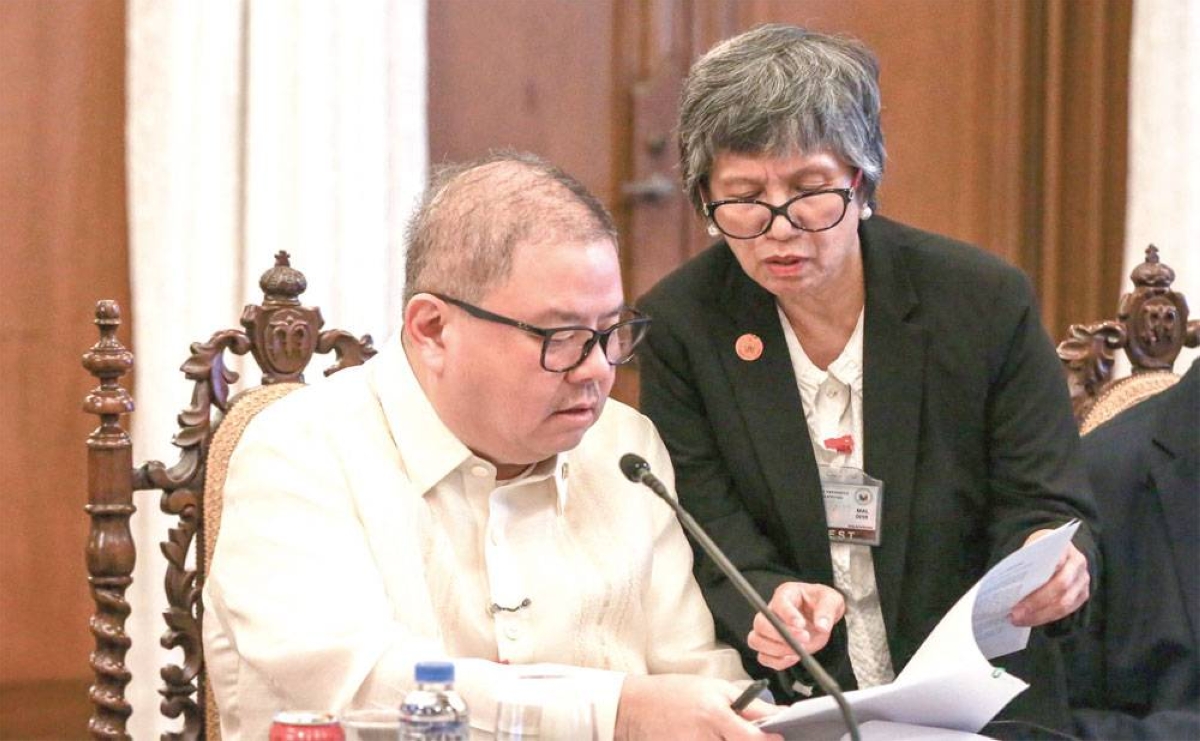The Department of Agriculture (DA) is taking significant steps to increase productivity, lower food costs, ensure food security, and make farming and fisheries more viable investment options, according to Agriculture Secretary Francisco Tiu Laurel Jr. In the next three years, the DA plans to invest heavily in postharvest facilities to improve product recovery and reduce the prices of rice and corn.
Laurel highlighted the urgent need for P93 billion to construct postharvest facilities over the next three years to minimize rice and corn wastage. Currently, the lack of postharvest facilities results in a loss of about 12.7 to 15 percent of rice production. To address this issue, the DA requires P93 billion specifically for rice and corn harvest facilities. Additionally, the budget for cold storage this year is only P1 billion, which is insufficient to cover the needs of the entire country. Laurel emphasized the importance of addressing the vegetable cold storage issue nationwide and estimated an additional requirement of P5 billion by 2025.
To kickstart the efforts, the DA plans to establish a postharvest facility in Dingras, Ilocos Norte, with a storage capacity of 120 metric tons (MT). Similar facilities are also in the pipeline for Concepcion, Tarlac; Dumangas, Iloilo; and Musuan Maramag, Bukidnon. Furthermore, under the Masagana Agri-Food Infrastructure Modernization (Mafim) program, the government aims to construct 196 dryers, 48 silos, 221 warehouses, 57 rice mills, 24 corn mills, and 638 handling equipment across the country.
Addressing the issue of wastage in the food supply chain, Laurel emphasized the need for improved logistics. Currently, approximately 30 percent of produce, particularly vegetables, is lost due to poor logistics systems. By reducing or eliminating these losses, the cost of vegetables and high-value crops like fruits could decrease by at least 10 to 15 percent.
In addition to infrastructure development, Laurel intends to reorganize the DA to make it less regulatory and more focused on optimizing costs for all stakeholders in the agricultural value chain. The appointment of an assistant secretary for logistics is also part of this initiative, aiming to streamline transportation, distribution, and management processes for inputs and outputs. The ultimate goal is to achieve a sustainable and cost-effective agricultural system.
President Ferdinand Marcos Jr. has directed the DA to provide a status report on the construction of cold storage facilities and the provision of postharvest facilities by January 2024. Currently, the DA has established 268 cold chain facilities nationwide, and the goal is to complete an additional 47 by June 2028.
Taking a data-driven approach, President Marcos has ordered the implementation of an information system during each planting season to address overproduction. This system will provide farmers with the necessary data to limit the production of agricultural goods that have low market demand. By equipping farmers with technical knowledge and information about current market trends, the aim is to ensure that they make informed decisions about what crops to plant each season.
The efforts of the Department of Agriculture, under the leadership of Secretary Francisco Tiu Laurel Jr., demonstrate a strong commitment to boosting productivity, ensuring food security, and making farming and fisheries more viable investment options. By investing in postharvest facilities, improving logistics, and implementing data-driven decision-making, the DA is taking concrete steps towards a sustainable and cost-effective agricultural system that benefits all stakeholders in the value chain.







